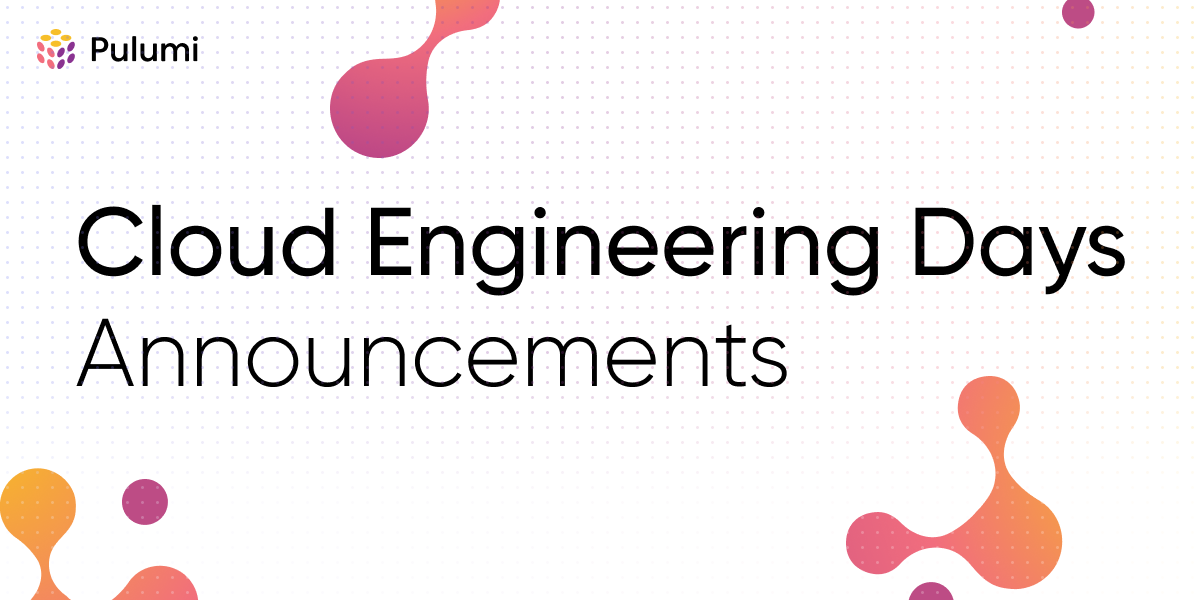Managing NOAA Open Data across Multiple Clouds with Pulumi

Denis Willett is a software engineer at the North Carolina Institute of Climate Studies who works on the NOAA Open Data Dissemination Program. His work focuses on leveraging cloud technologies for the development of data processing and machine learning pipelines. Denis did his PhD in Entomology and Nematology at University of Florida and his undergraduate and masters work in Earth Systems at Stanford University. You can read his full bio here.
NOAA Open Data Dissemination (NODD) makes environmental data freely and publicly accessible across Amazon Web Services (AWS), Microsoft Azure (Azure), and Google Cloud Platform (GCP). These data include near real-time satellite imagery, weather models, radar feeds, drought information, ocean databases, and a suite of climate data records among many others. This program supports more than 220 datasets and over 24PB of open data. Since its inception, the program has been growing rapidly, almost doubling in size over the past year.


















